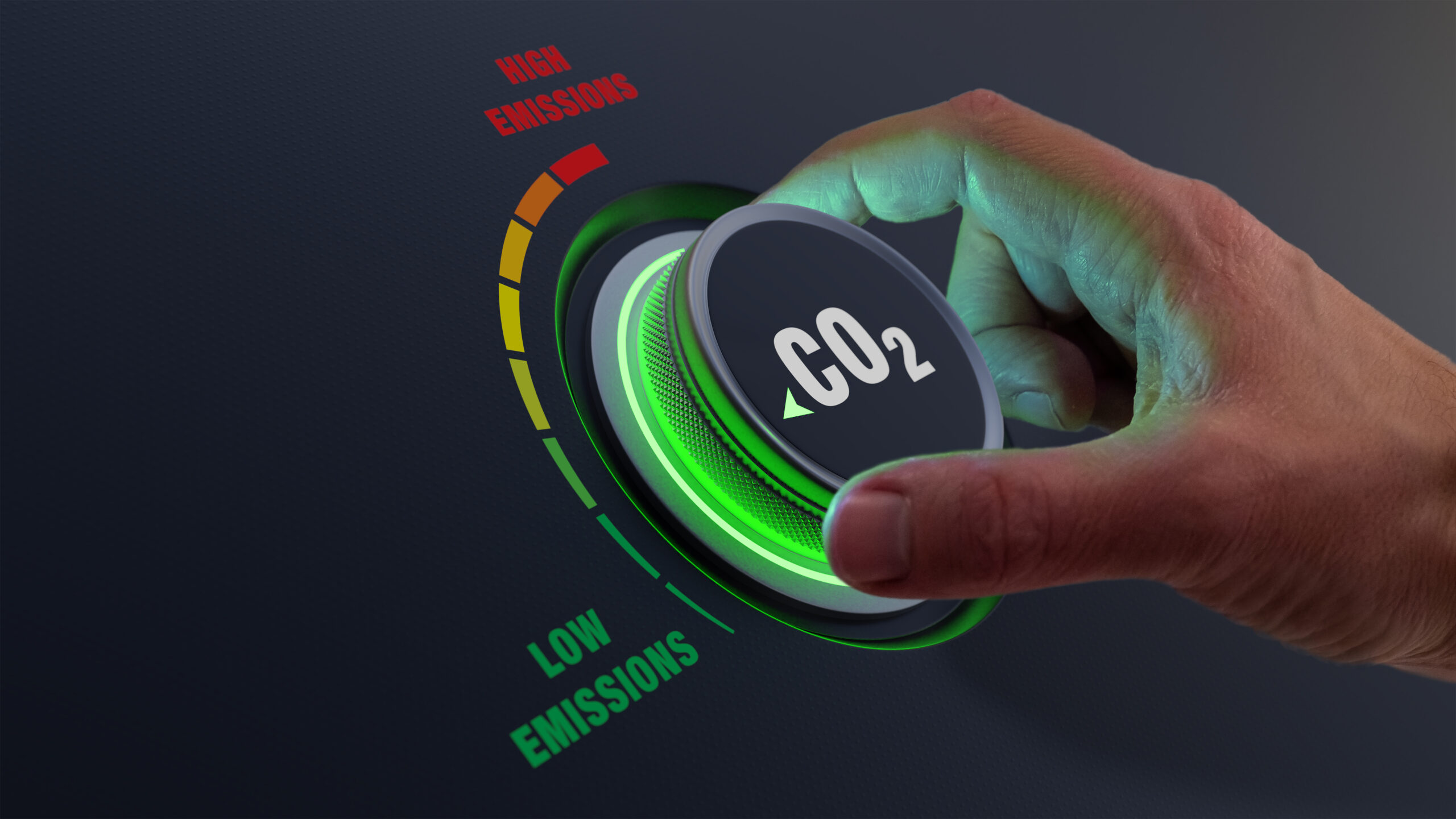In July 2021, Cloudflare described that although the company did not start out with the goal to reduce the Internet’s environmental impact that has changed. Its mission is to help build a better Internet, and clearly a better Internet must be sustainable.
As Cloudflare continues to hunt for efficiencies in every component of its network hardware, every piece of software it writes, and every Internet protocol it supports, it also wants to understand in terms of Internet architecture, how moving network security, performance, and reliability functions like those offered by Cloudflare from on-premise solutions to the cloud affects sustainability.
To that end, earlier this year it commissioned a study from the consulting firm Analysys Mason to evaluate the relative carbon efficiency of network functions like firewalls, WAF, SD-WAN, DDoS protection, content servers, and others that are provided through Cloudflare against similar on-premise solutions.
Although the full report will not be available until next year, the company is pleased to share that according to initial findings:
Cloudflare Web Application Firewall (WAF) “generates up to around 90% less carbon than on-premises appliances at low-medium traffic demand.”
Needless to say, Cloudflare is excited about the possibilities of these early findings, and looks forward to the full report which early indications suggest will show more ways in which moving to Cloudflare will help reduce a company’s infrastructure’s carbon footprint. However, like most things at Cloudflare, this is only the beginning.
Fixing the Internet’s energy/emissions problem
The Internet has a number of environmental impacts that need to be addressed, including raw material extraction, water consumption by data centers, and recycling and e-waste, among many others. But none of those are more urgent than energy and emissions.
According to the United Nations, energy generation is the largest contributor to greenhouse gas emissions, responsible for approximately 35% of global emissions. If you think about all the power needed to run servers, routers, switches, data centers, and Internet exchanges around the world, it’s not surprising that the Boston Consulting Group found that 2% of all carbon output, about 1 billion metric tons per year, is attributable to the Internet.
Conceptually, reducing emissions from energy consumption is relatively straightforward — transition to zero emissions energy sources, and use energy more efficiently in order to speed that transition. However, practically, applying those concepts to a geographically distributed, disparate networks and systems like the global Internet is infinitely more difficult.
To date, much has been written about improving efficiency or individual pieces of network hardware (like Cloudflare’s deployment of more efficient Arm CPUs) and the power usage efficiency or “PUE” of hyperscale data centers. However, Cloudflare thinks there are significant efficiency gains to be made throughout all layers of the network stack, as well as the basic architecture of the Internet itself. This study is the first step in investigating those underexplored areas.
How is the study being conducted?
Because the final report is still being written, there will be more information about its methodology upon publication. But, here is what is known so far.
To estimate the relative carbon savings of moving enterprise network functions, like those offered by Cloudflare, to the cloud, the Analysys Mason team is evaluating a wide range of enterprise network functions. These include firewalls, WAF, SD-WAN, DDoS protection, and content servers. For each function they are modelling a variety of scenarios, including usage, different sizes and types of organisations, and different operating conditions.
Information relating to the power and capacity of each on-premise appliance is being sourced from public data sheets from relevant vendors. Information on Cloudflare’s energy consumption is being compiled from internal datasets of total power usage of Cloudflare servers, and the allocation of CPU resources and traffic between different products.
According to the Analysys Mason team, the final report is expected sometime in early 2023. Until then, the initial WAF results described above may be subject to change as the project continues, and assumptions and methodology are refined. Regardless, these are exciting developments, and the company looks forward to sharing the full report soon!










Discussion about this post